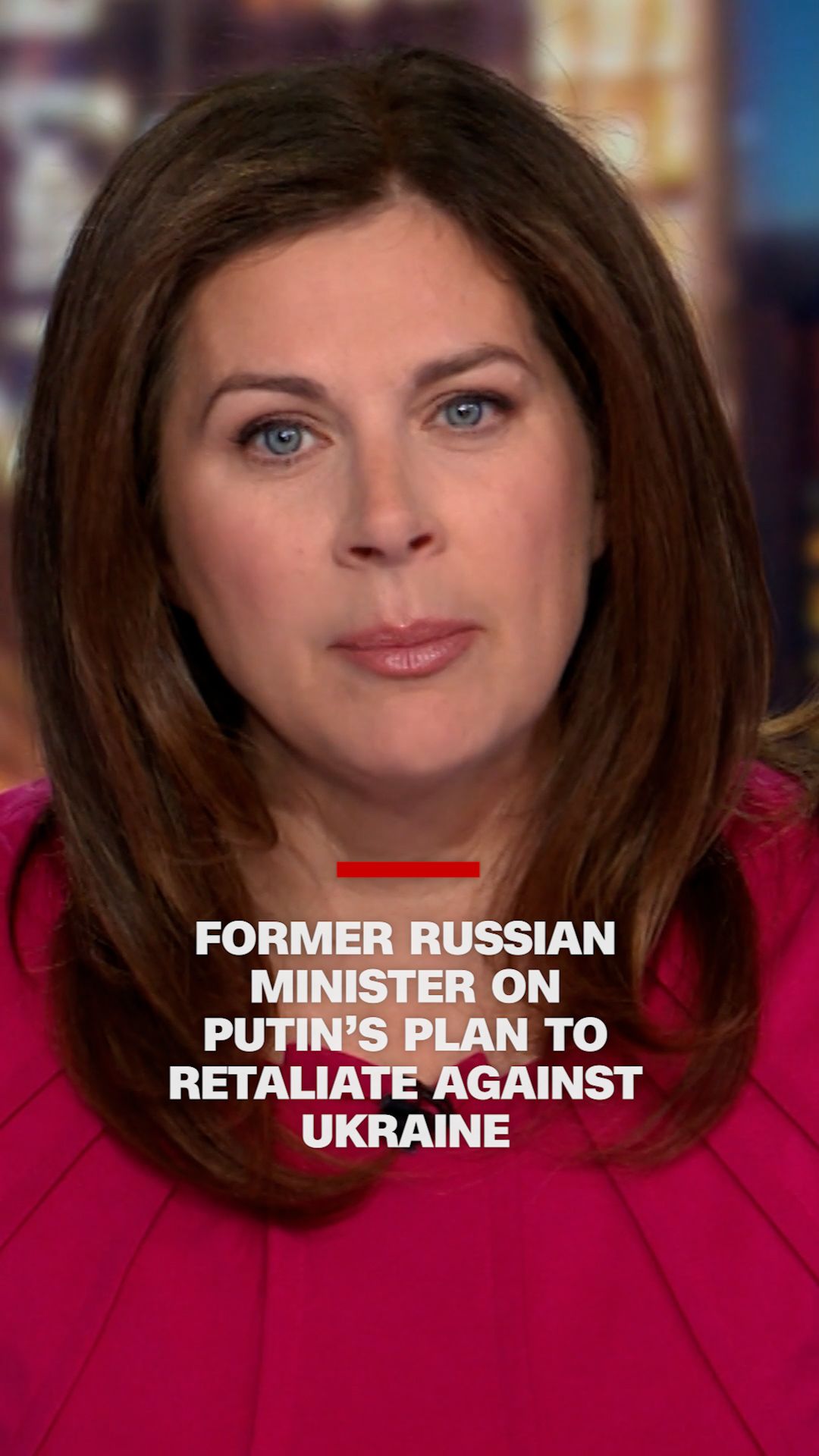Articles in this Cluster
03-06-2025
The Economist reports that Russia is nearing 1 million military casualties—killed and wounded—since its full-scale invasion of Ukraine in February 2022, with current losses around 1,000 per day. June has been particularly damaging, including a Ukrainian drone strike that allegedly destroyed about one-third of Russia’s strategic bomber fleet. The piece highlights how the Kremlin uses financial payouts to bereaved families to manage domestic fallout and sustain support despite staggering human costs.
Entities: Russia, Ukraine, Vladimir Putin, The Economist, Kremlin • Tone: analytical • Sentiment: negative • Intent: inform
03-06-2025
The War Room newsletter promotes The Economist’s “Archive 1945” project, inviting readers to explore historical coverage and insights from the end of World War II. It frames the project as a way to understand today’s geopolitics through contemporaneous reporting and analysis, and encourages sign-ups for related newsletters and access via free trials or accounts. The page also highlights recent international coverage on Russia’s war casualties, Ukraine’s gains, cybercrime tools, U.S.–China tensions, satellite navigation rivalry, and America’s push for space dominance under Donald Trump.
Entities: The Economist, Archive 1945, World War II, Russia, Ukraine • Tone: analytical • Sentiment: neutral • Intent: inform
03-06-2025
The newsletter highlights recent Ukrainian successes that have undercut Vladimir Putin’s strategy yet again, emphasizing high Russian casualties—now around 1 million by some counts—and the strain this imposes on the Kremlin’s narrative and resources. It notes Ukraine’s effective use of innovative tactics and Western support to blunt Russian advances, damage key assets, and expose vulnerabilities in Moscow’s military and political approach. The piece situates these developments within broader geopolitical contests—cyber, space, and navigation systems—showing how Ukraine’s battlefield gains intersect with a wider struggle for technological and strategic advantage.
Entities: Ukraine, Vladimir Putin, Russia, Kremlin, Western support • Tone: analytical • Sentiment: negative • Intent: analyze
03-06-2025
Russian forces are advancing in Ukraine’s northern Sumy region, bringing Sumy city within range of drones and artillery despite recent high-profile Ukrainian strikes on Russian aircraft and a Crimea bridge. Ukrainian officials report Russian gains of 6–7 km depth along a 15 km front, heavy shelling of dozens of settlements, and evacuations. Russia claims additional village captures as it reinforces the area, reportedly deploying experienced units and over 50,000 troops nearby. Ukrainian monitors warn the front is deteriorating due to manpower shortages and Russia’s use of fiber‑optic drones that evade jamming, with Russian positions about 20 km from Sumy. A rocket attack on Sumy killed four and injured 28. While analysts say fully capturing the city is unlikely, Russia’s push could fix Ukrainian forces in the north and hinder redeployments elsewhere.
Entities: Sumy, Russian forces, Ukraine, Ukrainian officials, Crimea bridge • Tone: analytical • Sentiment: negative • Intent: inform
03-06-2025
CNN’s Erin Burnett interviews former Russian Deputy Energy Minister Vladimir Milov about potential Kremlin responses after Ukraine’s drone strikes on Russian air bases. Milov argues Putin is likely to escalate theatrically for domestic impact but faces limits: Russia’s air defenses showed vulnerabilities, sustained large-scale retaliation is costly, and Western support for Ukraine could harden if Russia broadens attacks. He suggests Putin may opt for symbolic strikes, information operations, and intensified pressure on infrastructure, while avoiding steps that risk uncontrollable escalation or further expose military weaknesses.
Entities: Vladimir Putin, Vladimir Milov, Ukraine, Russia, CNN • Tone: analytical • Sentiment: neutral • Intent: analyze
03-06-2025
Ukraine says it struck the bridge linking Russia to occupied Crimea using underwater explosives, marking its third attack on the key supply route since the war began. CNN’s Matthew Chance outlines potential Russian responses and the broader implications for Moscow’s logistics and the conflict’s escalation.
Entities: Ukraine, Russia, Crimea, Crimean Bridge, underwater explosives • Tone: analytical • Sentiment: neutral • Intent: inform
03-06-2025
A CSIS study estimates nearly 1.4 million combined troop casualties in the Ukraine war: about 1 million Russian and nearly 400,000 Ukrainian killed or wounded, based on U.S., U.K., and other sources. Russia has reportedly lost around 250,000 soldiers killed; Ukraine 60,000–100,000. Despite massive losses, Russia has gained less than 1% of Ukrainian territory since January 2024 and advances at about 165 feet per day, while occupying roughly 20% of Ukraine overall. Russia maintains manpower through conscription, recruitment of convicts and debtors, bounties, and support including over 10,000 North Korean troops in Kursk. Analysts say the war has exposed Russian military limits, and that sustained U.S.-European aid is crucial for Ukraine; a U.S. withdrawal could shift the long-term balance toward Russia.
Entities: CSIS, Russia, Ukraine, United States, United Kingdom • Tone: analytical • Sentiment: negative • Intent: inform
